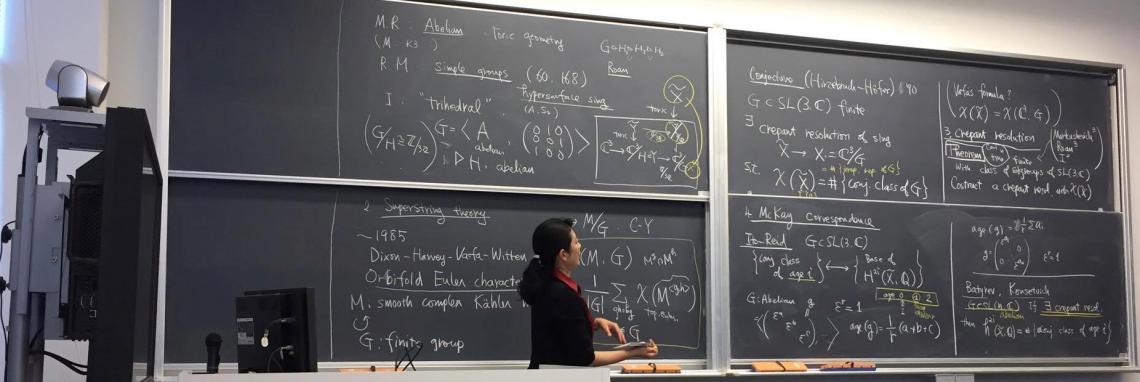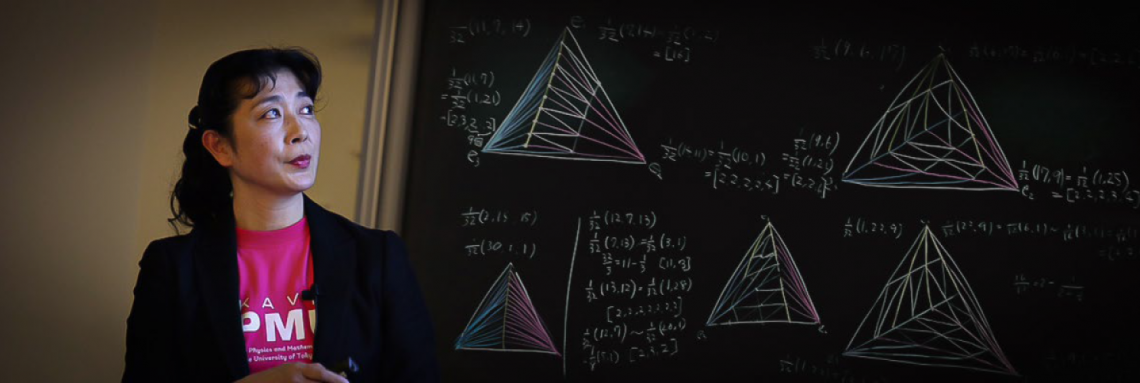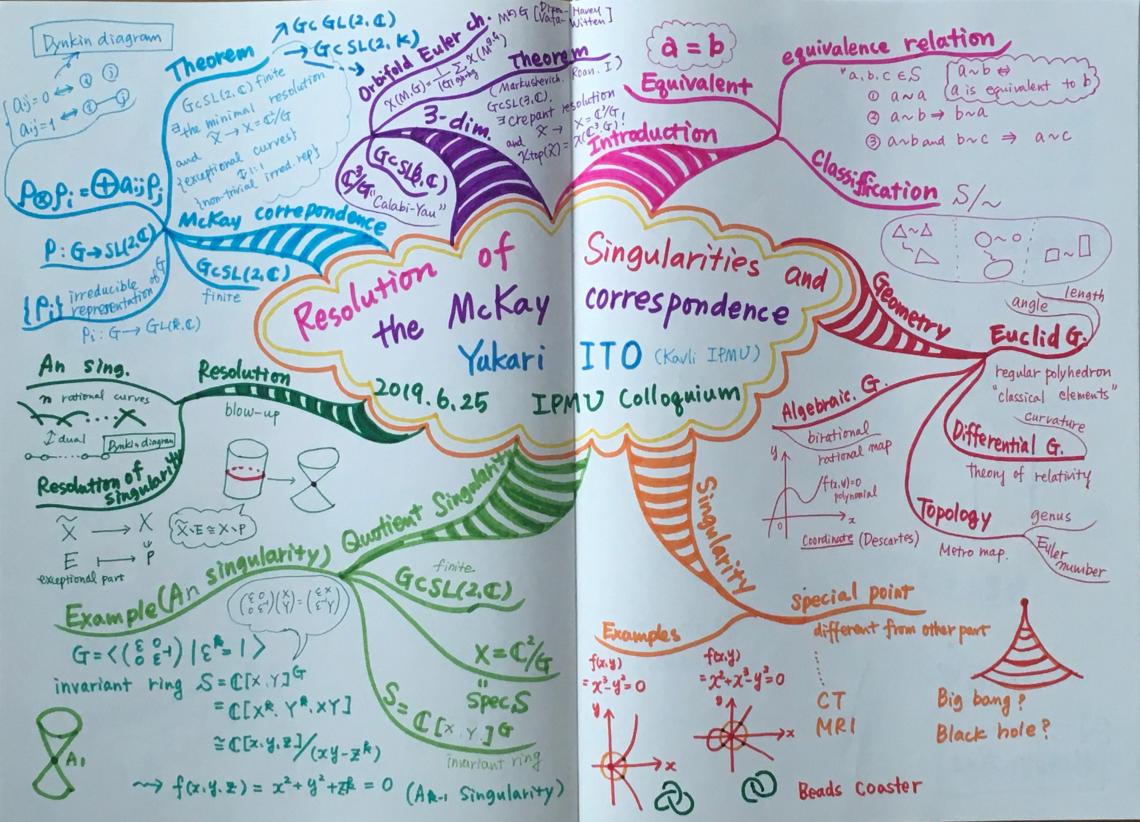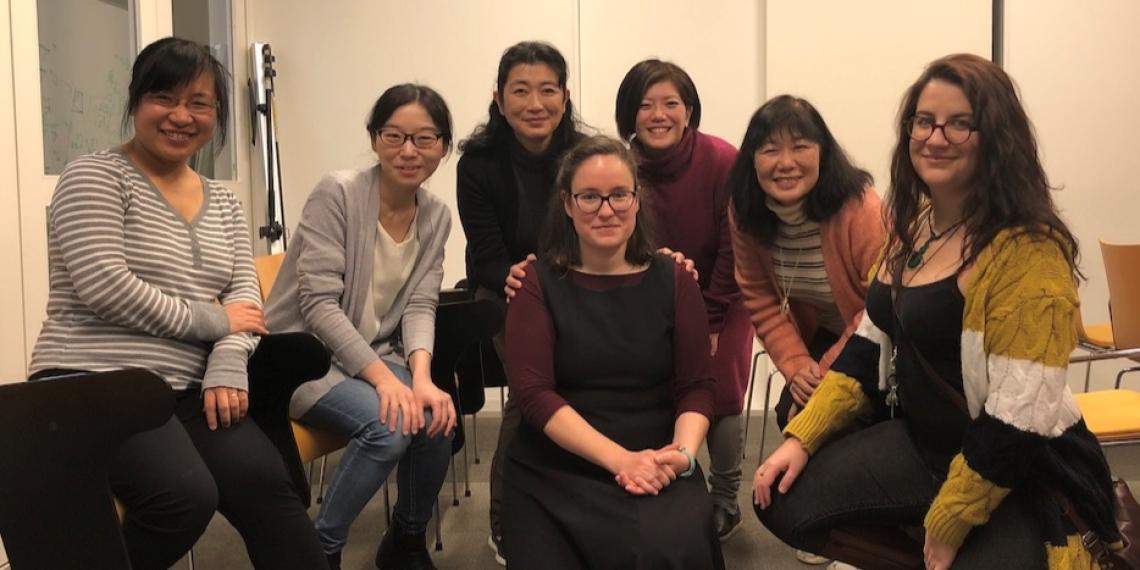"To understand resolution of singularities...look at how to un-crush a crushed can."
This story is featured in the Asia Research News 2022 magazine. If you would like to receive regular research news, join our growing community.
Get the news in your inbox
Q: What has been the biggest change for you since the pandemic began?
A: Everything going online was big. Many researchers had never used anything like Zoom. Before, research meetings meant going to different locations. That disappeared. Then mathematicians, mainly in Europe and the US, began holding meetings online.
At first I was excited, because I could listen to talks by mathematicians overseas working in areas close to my field, but with the time difference it meant I had to be awake in the middle of the night, and that would make me so tired the next day. Maybe if I were a student I would be able to stay up all night, but I still needed to get up at 6am the next morning to make my son’s lunch, because children were still going to school.
Mathematics is the oldest fundamental science. While it has changed and evolved over the centuries, the main concept remains to look for patterns, formulate mathematical explanations for those patterns, and then find proof that an explanation is true or false.
Q: Could you briefly introduce your research area?
A: I work in algebraic geometry, particularly research about singularities.
Imagine you have a sheet of paper. When you fold it, you get sharp points in certain places. These are singular points.
I study resolution of singularities, which is thinking about how to eliminate these singular points.
According to Ito, the real world is filled with singularities. Anything bent or curved is a singularity. MRI scans are programmed to look for singularities, which is why they manage to identify tumours that appear on what should be a smooth surface.
To understand resolution of singularities, Ito says the easiest two-dimensional example is looking at how to un-crush a crushed can of juice that has been twisted around its middle point.
A: The can looks like two cones placed on top of each other so that they connect at the sharpest point. This is your singular point. What happens when the point is eliminated? You will end up with the original cylinder-shaped can, and your point, where the can was twisted, has turned back into a circle. This is a resolution of singularities and the circle is called an exceptional set.
When there is a connection between a finite group that made the singularity, it’s called a McKay correspondence. McKay correspondences in two dimensions are very well known, but I’ve been researching McKay correspondences in three dimensions since I was in graduate school.
Exactly why mathematicians study singularities depends on who you ask. Ito says she and many others study them simply because they want to know what singularities are capable of. But there are also many other mathematicians who study singularities because they can help simplify otherwise complicated theoretical problems, making it easier to identify solutions. Nevertheless, mathematics has given humans significant insight and ability to predict nature, and any practical applications are usually discovered well after the mathematics has been established.
How new mathematical themes of research are discovered, Ito says, can be influenced by trends in scientific research outside of mathematics. For her, it was the developments physicists were making in an area called mirror symmetry: an important relation between two spaces referred to as a “mirror pair” in superstring theory.
Q: Why did you decide to study three dimensions?
A: When I was a graduate student, not many people were working on three-dimensional singular points.
When mirror symmetry became a hot topic in physics, mathematicians looked at it and thought it looked similar to what they had seen with two-dimensional singular points. I was studying at the University of Tokyo at the same time as Kenji Fukuya, who would later go on to become a world leader in mirror symmetry research. I remember attending a seminar by a visiting researcher who had come to talk about strange duality, which is a toy model of mirror symmetry, and the two-dimensional singularities connected to it. I thought: This is interesting. I wonder if anyone has looked into three dimensions.
I asked my supervisor and he said no one had and it could be an interesting path to pursue.
Today, everyone knows there are resolutions to three-dimensional singularities. But back then, no one did. So in a way, I’m grateful that I have been able to contribute a little bit to this field.
The great thing is that minimal resolution is unique in two dimensions, but in three dimensions, there are many choices of resolutions. You can say that you’ve found one, but you don’t know if there are more. You might find a more elegant resolution. So research into three dimensional resolution of singularities is by no means near completion.
A lot of mathematics from different fields is involved, and sometimes even physicists become involved, which means I have been able to meet and work with so many different people. Every two years, I help host a big meeting with different researchers to discuss progress and new themes. There is so much going on.
Q: What has changed in your research since the pandemic began?
A: Teaching students has been difficult. I couldn’t say, “Let’s try to solve this on the board,” because we were all in our individual homes. I couldn’t tell them to read this book from the library because everything was closed.
The online seminars have been good because you can watch mathematicians who can’t easily make it to meetings because they are too ill or old.
Also researchers who can’t secure funding to travel to overseas conferences were suddenly able to take part in our meetings because they were all online.
Researcher Yukari Ito at Kavli IPMU Women's Lunch
Further information
Professor Yukari Ito | [email protected]
Kavli Institute for the Physics and Mathematics of the Universe
The University of Tokyo
We welcome you to reproduce articles in Asia Research News 2022 provided appropriate credit is given to Asia Research News and the research institutions featured.








